Cosmos
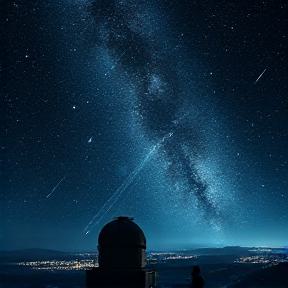
Light pollution is encroaching on observatories around the globe – making it harder for astronomers to study the cosmos
Light pollution is encroaching on observatories around the globe – making it harder for astronomers to study the cosmos Light pollution from human activity is encroaching on observatories around the world, making it harder for astronomers to study the cosmos. The rate of human-produced light in the night sky is increasing by as much as […]
🔬 Science
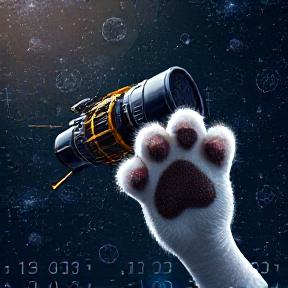
NASA’s James Webb Space Telescope Inspects Cat’s Paw
NASA’s James Webb Space Telescope Inspects Cat’s Paw NASA’s James Webb Space Telescope has released an image of the Cat’s Paw Nebula to celebrate its third anniversary, revealing new structural details and features. The telescope used its NIRCam camera to capture the nebula, which shows massive young stars carving away at nearby gas and dust. […]
🔬 Science
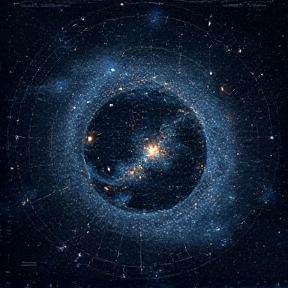
How NASA’s SPHEREx Mission Will Share Its All-Sky Map With the World
How NASA’s SPHEREx Mission Will Share Its All-Sky Map With the World NASA’s SPHEREx mission has begun delivering its sky survey data to a public archive on a weekly basis, allowing anyone to use the data to probe the secrets of the cosmos. The mission will map the entire sky in 102 different wavelengths (or […]
🔬 Science
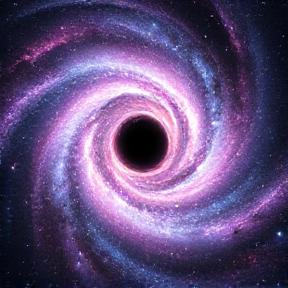
Hubble Captures an Active Galactic Center
Hubble Captures an Active Galactic Center Hubble Space Telescope captures an image of UGC 11397, a spiral galaxy with a supermassive black hole at its center. The black hole contains 174 million times the mass of our Sun and is actively growing, emitting bright X-ray light that can pierce through thick clouds of dust. UGC […]
🔬 Science
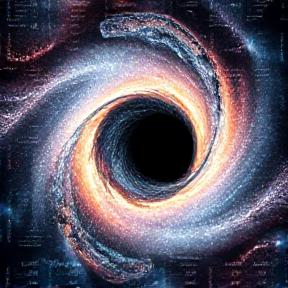
NASA’s Chandra Sees Surprisingly Strong Black Hole Jet at Cosmic “Noon”
NASA’s Chandra Sees Surprisingly Strong Black Hole Jet at Cosmic “Noon” NASA’s Chandra X-ray Observatory has detected a surprisingly strong black hole jet at cosmic “noon,” which occurred about three billion years after the universe began. The jet, located 11.6 billion light-years from Earth, was illuminated by the leftover glow from the big bang and […]
🔬 Science
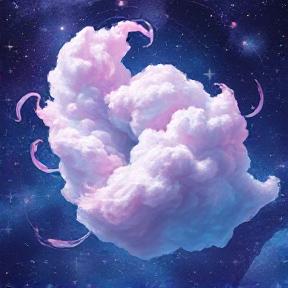
Hubble Captures Cotton Candy Clouds
Hubble Captures Cotton Candy Clouds The Hubble Space Telescope has captured a stunning image of the Large Magellanic Cloud, a dwarf galaxy located 160,000 light-years away from Earth. The image features wispy gas clouds that resemble brightly colored cotton candy due to the use of specialized filters on the Wide Field Camera 3 (WFC3) instrument. […]
🔬 Science
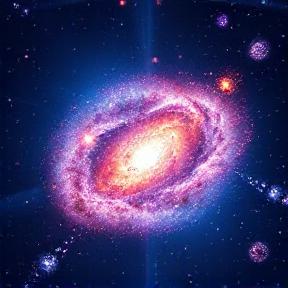
Galaxy Clusters on Course to Crash Again, NASA’s Chandra Finds
Galaxy Clusters on Course to Crash Again, NASA’s Chandra Finds Galaxy clusters PSZ2 G181.06+48.47 are on course to collide again for the second time, with NASA’s Chandra X-ray Observatory and other telescopes capturing evidence of this rare cosmic event. The galaxy cluster, located 2.8 billion light-years from Earth, has already experienced a collision about a […]
🔬 Science

Hubble Images Galaxies Near and Far
Hubble Images Galaxies Near and Far Hubble Space Telescope captures stunning image of distant galaxy HerS 020941.1+001557, which appears as a red arc partially encircling a foreground elliptical galaxy. The alignment of this trio of galaxies creates an Einstein ring, a type of gravitational lens that bends and magnifies light from a distant object around […]
🔬 Science
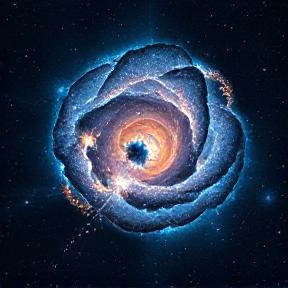
Adding Dimension to Cassiopeia A
Adding Dimension to Cassiopeia A Astronomers have discovered a mysterious feature within the Cassiopeia A supernova remnant using NASA’s James Webb Space Telescope, nicknamed the “Green Monster.” The Green Monster is part of a puzzling network of ejecta filaments forming a web of oxygen-rich material. When combined with X-rays from NASA’s Chandra X-ray Observatory, the […]
🔬 Science
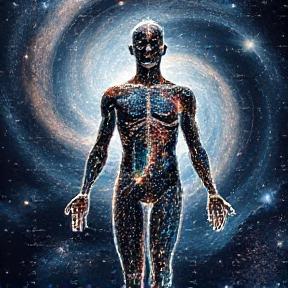
How Are We Made of Star Stuff? We Asked a NASA Expert: Episode 58
How Are We Made of Star Stuff? We Asked a NASA Expert: Episode 58 According to NASA expert, we are literally made of star stuff, as the elements that make up our bodies were formed in previous stars. The universe existed for billions of years before humans and our solar system, and all the elements […]
🔬 Science
